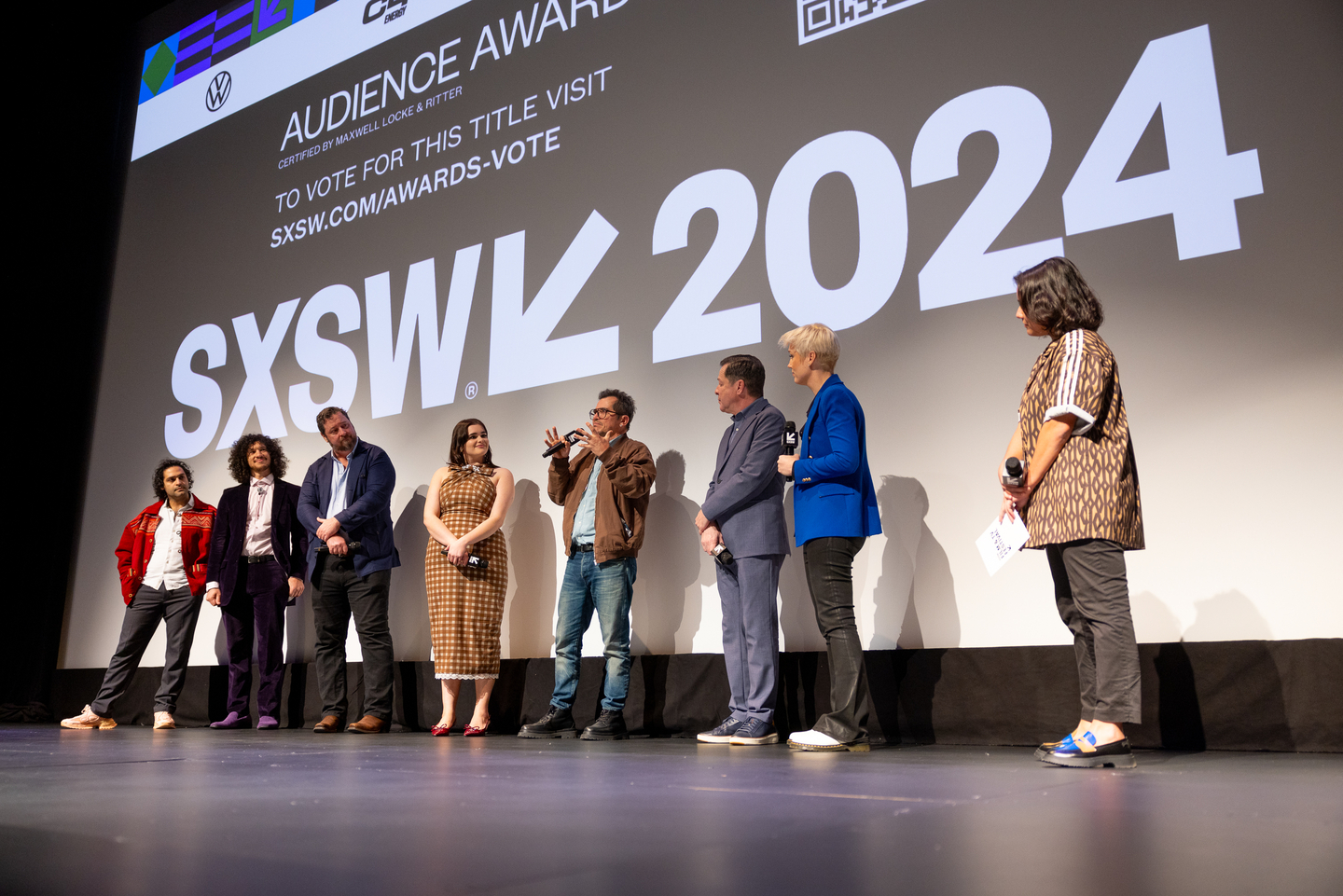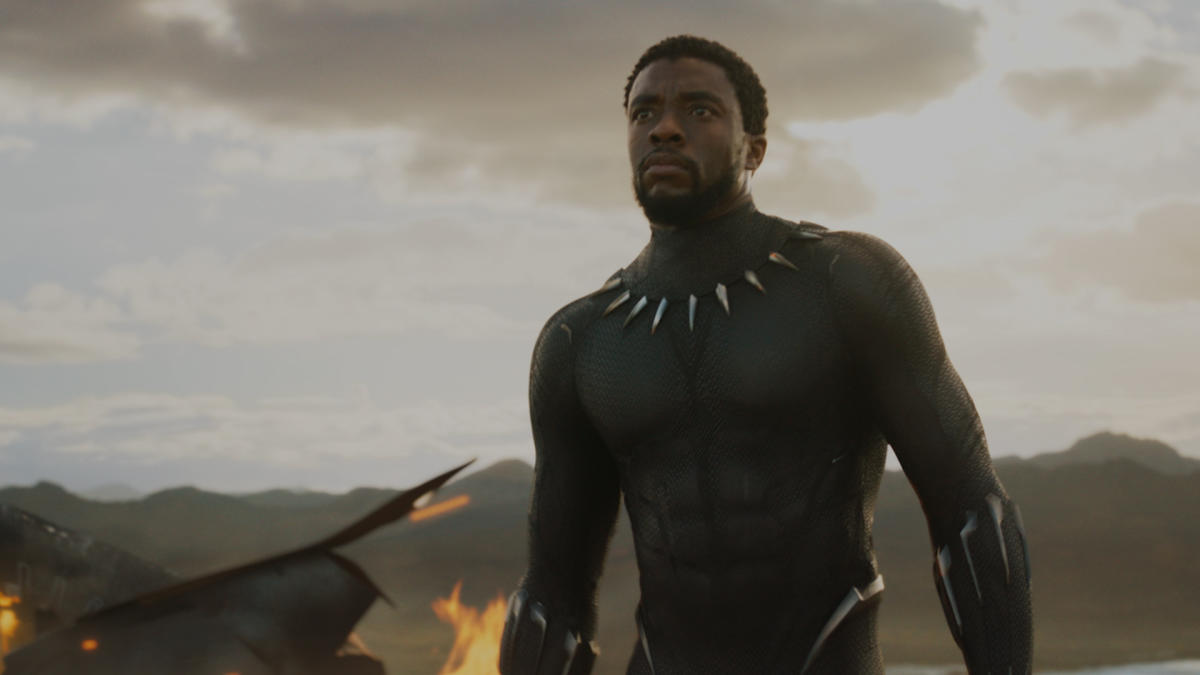RECREATING 2000S FLORIDA IN SUNCOAST WITH LAURA CHINN AND IAN CYMORE

Interview by Ellie Powers
Suncoast is the semi-autobiographical work of filmmaker Laura Chinn in which Doris (Nico Parker), a Florida high schooler, grapples with her brother’s terminal illness alongside her mother, Kristine (Laura Linney). The film debuted at Sundance to much acclaim (and tears) and is now streaming on Hulu.
Laura Chinn met re-recording mixer Ian Cymore at Harbor’s King St. studio last year for an initial meeting to see if they were a fit. Amidst the chaos of post production, Laura recalls how Harbor quickly became a refuge for her and her team to “eat chips and hang out with friends.”
The main goal for the mix of Suncoast was to stay out of the way and bolster the story in an organic, grounded way. Chinn recalls how she was initially concerned about nailing the Florida atmosphere with a geographically accurate ambience, saying, “sometimes you'll listen to what the sound engineer has done, and it's all chaos with a bunch of animals in the background that aren’t native to Florida.”
However, when she heard the initial mix, Chinn was pleasantly surprised to hear that Ian and sound designer Dennis Dembeck had managed the natural, believable atmosphere she was after on the first go.

Director,
Laura Chinn

Harbor Sound,
Ian Cymore
A ‘Dramedeic’ Tone

While the film centers on a tragic event, the tone became an important balance for Chinn who wished to imbue the story with moments of levity and comedy to reflect her own life’s story. She credits pulling off this balance to all departments involved and notes that “the real secret was that everybody was making the same movie. I don’t think anyone thought the movie was funnier than it is or sadder than it is, and nobody was trying to pull it in one direction or the other. We were all aware that this is a dramatic tone. A dramedy. Let’s say a ‘dramedeic’ tone. Those two genres live throughout the film.”
Chinn, Cymore, and Dembeck approached the mix from a similar angle, looking to create a soundscape that was “natural and grounded like a drama, but found little moments, for example, the truck gate continuously falling with a squeaky sound which had just the right amount of comedy.”
When Kristine and Doris are moving Doris’s brother into the hospice center, Kristine becomes obsessed with a consistent fluorescent humming coming from the ceiling. This moment of comedy, credited to Linney’s performance and persistence, was one that stuck with Chinn as a challenging choice. The difficulty arose not from the sound itself, in fact, Chinn said that the first sound Dembeck presented to her was perfect, but because of the levels of the sound in the mix. In the scene, the sound bothers Kristine to no end, while Doris cannot even hear it. This dissonance between the two characters led to a lot of back and forth during the sound finishing process to nail the exact loudness for the sound.
The score for the film, composed by Este Haim and Christopher Stracey, contributed to finding the correct tenor as well, and Chinn recalled sending Este and Christopher a director’s cut of the film and receiving almost a dozen tracks, almost all of which are in the final cut and unaltered from their original compositions. Cymore noted that the “cues were feathering in and out scenes beautifully” thanks to Haim, Stracey and the music editor Erica Weis.


Establishing Time & Place
with Archival




As the film is based on Chinn’s childhood, creating the exact ambience of Florida in the early 2000s became paramount to nailing the realism required to telling her story.
At the beginning of the film, Doris sits in her living room watching TV, specifically Laguna Beach and Anna Nicole Smith. Cymore remarked of those moments that he “wanted to teleport the audience, early on, to this specific year, and what it was like living as a teenager.” He devised a method to “make the Anna Nicole clips sound like they're coming from the specific type of bubble TV used on set in the small, carpeted living room. We tried to recreate a memory of being in 2005, watching the crappy beginnings of reality TV. You try to transport the audience as much as possible.”
Another vital element for Chinn to pinpoint the setting for the film was the inclusion of the true story of Terri Schiavo, whose situation garnered national attention and hundreds of protestors outside the Tampa-area hospice center where Chinn’s brother stayed. However, they were unable to find the exact soundbite from existing news sources to establish the info Chinn wanted for this story point. Cymore and team recorded and edited the perfect bite for their needs and incorporated that into the film.


A Match Made In Heaven
At the end of my interview with Chinn, when I asked her if she had any final words, her response was “I love Harbor, and everyone hire Ian!”
She described how on her projects she leads with a “no assholes policy” which led her to Harbor’s sound department and Ian specifically. Laura remarks that Ian and team were “egoless about taking feedback and notes.” Ian was sure to give Laura credit for “hiring super talented non assholes.”
Both remarked on how their collaboration flowed seamlessly from the beginning. Ian said of Laura that she “didn't ever stop me from pursuing an idea or trying something new but was also very clear when something wasn't working. I really appreciated that clear direction, and it helped the mix move along. I think as a result, we delivered a beautiful sounding film for a beautiful story.”
All Images Courtesy of Hulu and Searchlight Pictures
Laura & Ian at Sundance
Suncoast Premiere


